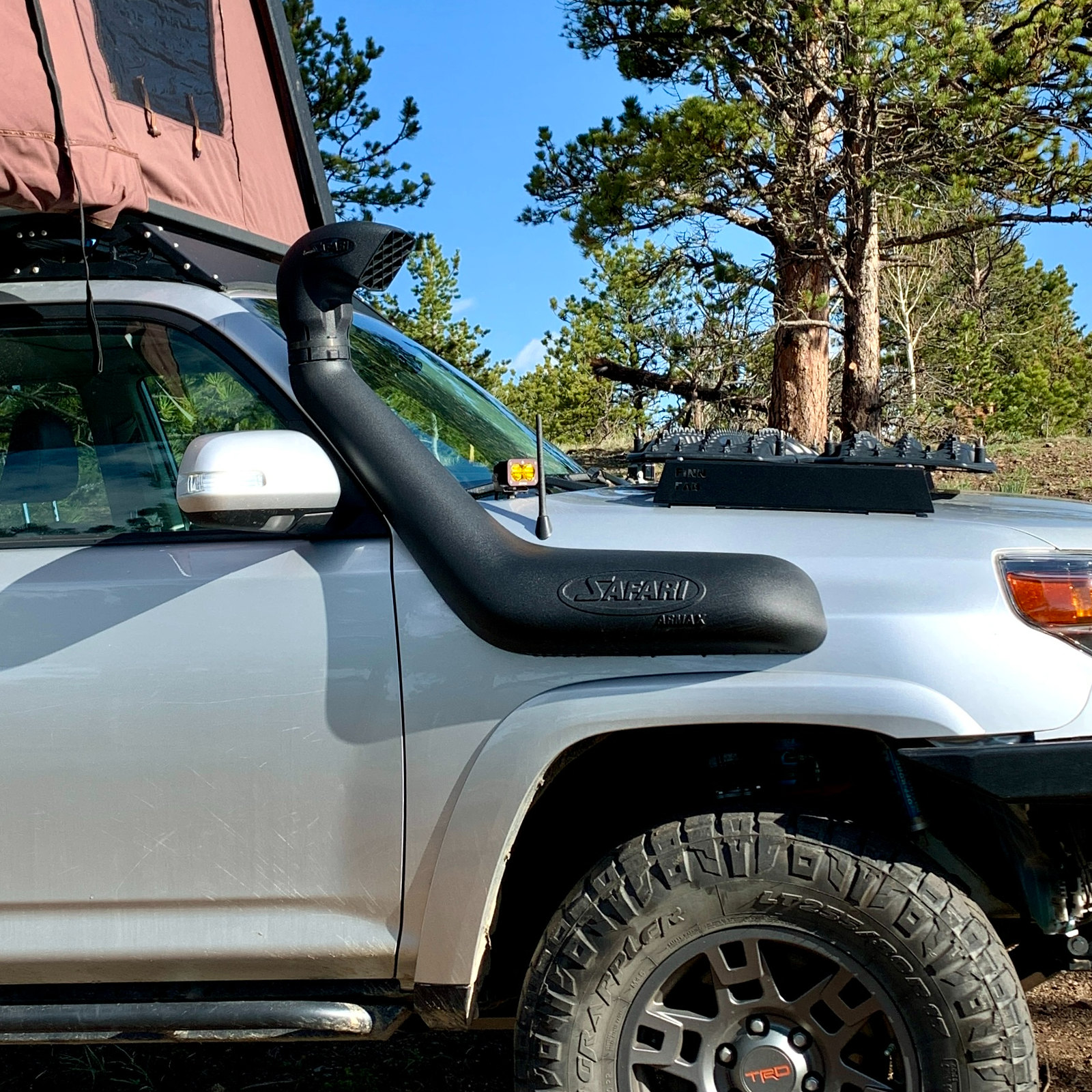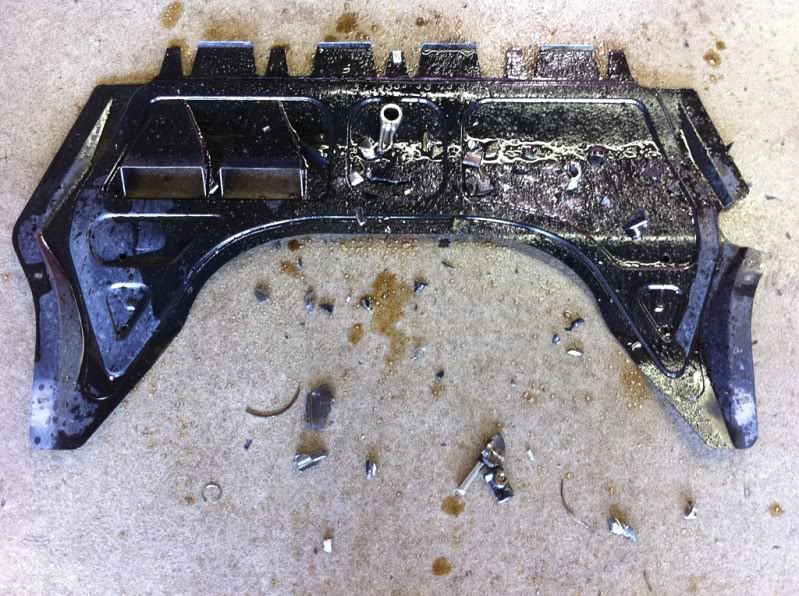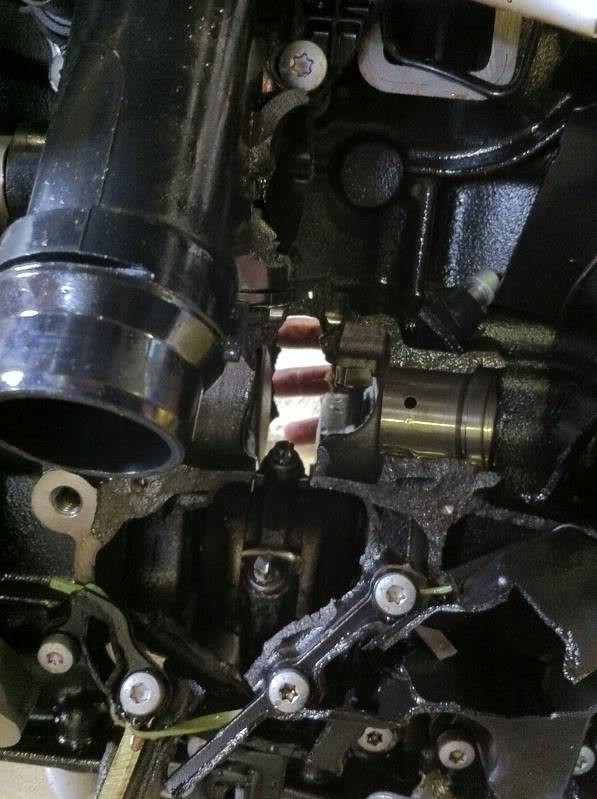
Snorkels on offroad vehicles are a polarizing topic. One side swears by their utility and the advantage they offer. Another side mocks their limited usefulness knowing that rarely will anybody actually put their snorkel to use. And then there’s the people that buy them because they just think it looks cool. I fit into the first category. For me, the ARB Safari Snorkel on our 4Runner is a necessity, but for a different reason than you’re probably thinking.
Snorkels typically offer 2 main advantages. First, it allows the engine to suck in air when driving in water. Every internal combustion engine sucks in air and compresses it. Air can be compressed, liquid can not – that’s the entire principle behind how hydraulics work. Whether fording deep water at a river crossing, or even driving through big puddles, water flows and splashes. If water gets sucked up into the vehicle’s intake system it makes its way into the cylinders. The engine will try to compress the water, fail, and come to an immediate, destructive hault. This is known as hydrolock.
These are pictures from a Volkswagen Golf I repaired back in my automotive days as a master technician. It sucked up water that had splashed up over the hood driving through a flooded dip in the road during a storm. The force of the engine hydrolocking caused the piston to shatter. With no piston, the blockage was removed from the equation and with the crank still rotating fast, the connecting rod basically turned into a blunt force saw blade punching holes through everything it contacted and blowing the balance shaft out the side of the engine. Complete and total catastrophic engine failure, from a puddle.





Yes, that is my hand you’re seeing on the other side of the the engine.

Obviously it’s important to protect the engine from ingesting water. On road all you need is a little common sense, not a snorkel. But offroading through a river crossing on a remote trail during an expedition, that’s where a snorkel really shines. With delusions of grandeur you can cross anything with the air intake now up near the top of the windshield.

Photo from exploringoverland.com
In reality is the air intake is just one piece of the puzzle. Your vehicle is weatherproof but it is not waterproof. All the electronics, sensors and wiring underneath your vehicle are sealed enough to allow driving in wet conditions but not designed for anything close to complete submersion. Your transmission, transfer case, and differentials all have breathers on them to vent pressure changes that form inside from temperature cycles during normal use. These breathers are not meant to be underwater and water in the fluids can destroy drivetrain components. In the rear quarter panels, vehicles have vents hidden under the sides of the the rear bumper. They are big vents with light rubber flaps that can only push outwards. These are what allow you to close your doors. Without the vents the pressure inside the car would try to blow out the windshield, and at the same time prevent the doors from closing if you tried to shut them too quickly. They are one way to avoid letting splashes of water in, but they are not meant to be waterproof. The same logic applies to the seals on the doors and body. Also, exterior trim is oftentimes attached with a clip that has a small foam gasket around it. That foam will keep weather out, but not standing water. Some vehicle manufactures will provide a spec for safe water fording, but I can tell you Toyota does not have a spec for the 5th Gen 4Runner. Water can get very expensive very quickly. It’s always a good idea to avoid deep water.
The second main advantage is cleaner air on a trail. When moving across very dry trails in a group, kicking up dust is inevitable. You may have been there before, driving a trail behind another rig with limited vision and dirt piling up along the top of the your wiper blades. That’s what your engine is trying to breath in and your air filter is quickly becoming more and more clogged trying to catch it all. Lifting the air intake a few feet higher puts it up above the majority of the contaminants in the air, prolonging air filter life and maintaining optimal performance longer. This is a valid advantage, but not really relevant to me. Morgan and I don’t find ourselves in a group of vehicles racing across the desert, hot on each others’ tails. Admittedly, the dust kicked up by our own vehicle makes its way in as well, just on a smaller scale. Either way, the quicker, cheaper solution is to replace your air filters after being on a dusty trail. You could replace a ton of air filters before a snorkel would provide any sort of financial advantage.
I do recognize the advantages of a snorkel, but I’m also pretty quick to shoot down how much it’s advantages actually matter. That probably leaves you wondering why I felt one was a “necessity”. Well, the answer is my front bumper. Let me explain.
On a stock 5th Gen 4Runner the air intake box is on the right side of the engine bay. The bottom half of the box is attached to the fenderwell where a large opening passes through to the outside of the vehicle. The lid of the box has piping that brings air to the engine. The filter is sandwiched in between the two halves. What this means is air is pulled from the space in the wheel behind the front bumper and protected by the fender liner, which is filtered and pulled into the engine. When I installed my Hefty Fabworks high clearance bumper, a large portion of the area the airbox pulled air from was opened up. It was no longer a big, contained chamber. The fender liners also had to get cut way back as to not protrude out of the new front bumper with its significant reduction in frontal area.



When all was said and done, the opening to the airbox was exposed to the elements. Below is a before and after with the the blue arrow indicating where the fender liner ends.


So I did an experiment. First I opened the airbox, removed the filter, and verified it was clean and dry inside. I reassembled it and took a drive down a 1/4 mile section of sloppy muddy trail. When I opened up the airbox to reinspect, I found it wet with mud.

That is what drove my decision to add a snorkel. The snorkel attaches to the opening in the fenderwell and would extend the air inlet up to the top of the windshield. Plus the Safari snorkel head is designed in a way that rain or water gets removed from the incoming air.

“Safari’s Air Ram system is a pivotal and functional attribpick-up of the snorkel; CAD and lab tested, the Air Ram is designed to simultaneously remove the maximum volume of water from the incoming air stream, while delivering the maximum airflow to your vehicle’s engine”
Photo and quote from ARBusa.com
I taped up the fender, aligned my template and made my marks. Then checked it 3 or 4 more times.

Teetering at the point of no return, I stared at it for a long time before finding a little liquid courage in the form of a stiff drink.

I checked my markings one last time, and started cutting. First I used a spring loaded center punch to align my drill, then started hacking away with an oscillating Dremel.


With the cutting and a successful test fit complete, I primed and painted the exposed metal and performed the final installation.

It was time to repeat the mud test, but we went a little more extreme with it this time.


I rechecked the airbox and it was completely clean and dry. You can’t argue with success.

2 responses to “Why A Snorkel?”
Great article! Your explanation of why a snorkel is necessary in certain situations is very helpful. It’s important to protect the engine and learn how to maintain the vehicle in different conditions.
~ Christopher
LikeLike
Thanks, we’re glad you found it informative.
LikeLiked by 1 person